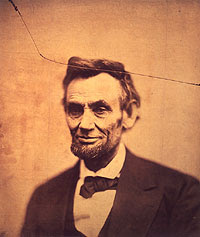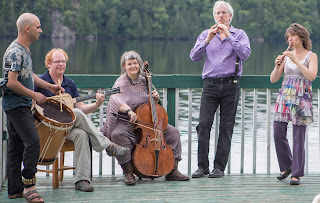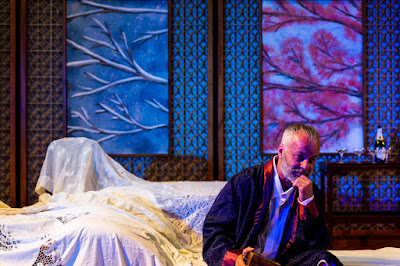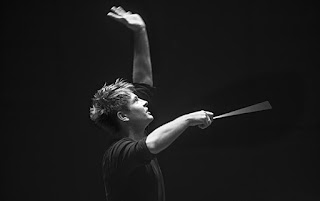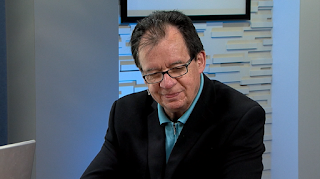My soundtrack in the aftermath of Obergefell v. Hodges: two recordings of Elliott Carter's Double Concerto

Elsewhere I have expressed my dismay that the Supreme Court last Friday leaped into settling a question that ought to have been resolved among the voters and their elected representatives. Despite that, the Obergefell v. Hodges decision holds out the promise of a society I will be happier to live in. In contemplating the future, in which committed same-sex relationships (one of them close to me, and of 35 years' standing) will have legal sanction, a fascinating sidebar in the New York Times' coverage was a feature on how gay culture will have to change, perhaps in ways that are poignant and a little alarming to those within it. It's not my place to assess the potential for stress on the social bonds within the gay community, once same-sex marriage goes mainstream. But the situation reminds me, looking on as a sympathetic outsider, of similar stresses that threatened social cohesion among African-Americans with the decline of segregation (still in many ways a de facto r

